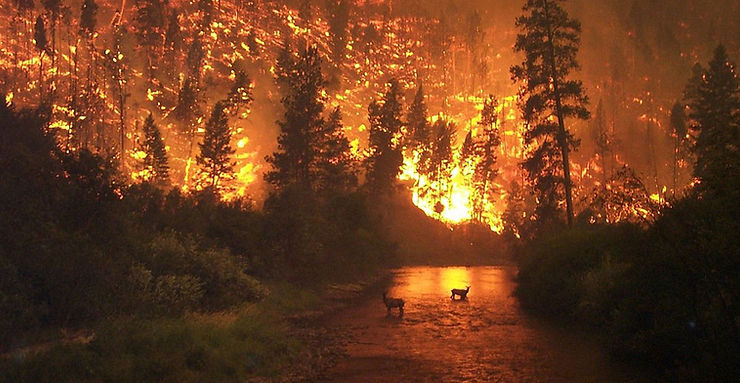By: Mia Wang
This summer, wildfire smoke has been a hot topic in Canada. The fires have been contributing to poor air quality and pollution.
Poor air quality can be bad for human health. It can lead to itchy eyes and a sore throat, making it difficult to breathe. It can also result in illness, including upper respiratory infections and colds.
You can use the AQHI (Air Quality Health Index), along with various other analogous systems, to learn about the air quality in your city. The AQHI is a scale designed in Canada that helps us understand the impact of air quality on our health. However, the AQHI has its limits. It doesn’t track the dust in the air, odor, and pollen.
The index rates the air quality on a scale of 1 to 10+. The higher the number, the worse the air quality. From one to three, the risk is low, and people can usually stay outside without worrying about the air. Between four to six is when the risk becomes moderate, and people should consider staying inside. High risk ranges from seven to ten; that’s when schools might cancel outdoor activities. When it is above ten, it is very high risk, and people should wear masks when going outside.
Kids have less developed respiratory systems, which puts them at higher risk during times of bad air quality. They also are smaller than adults, meaning that they breathe in more air per kilogram than adults, combined with the fact that kids, in general, spend more time outside.
The AQHI can help us realize the detriments of poor air quality. It explains what we should do when the air quality is terrible. However, everyone reacts differently, and you should always listen to your body.











